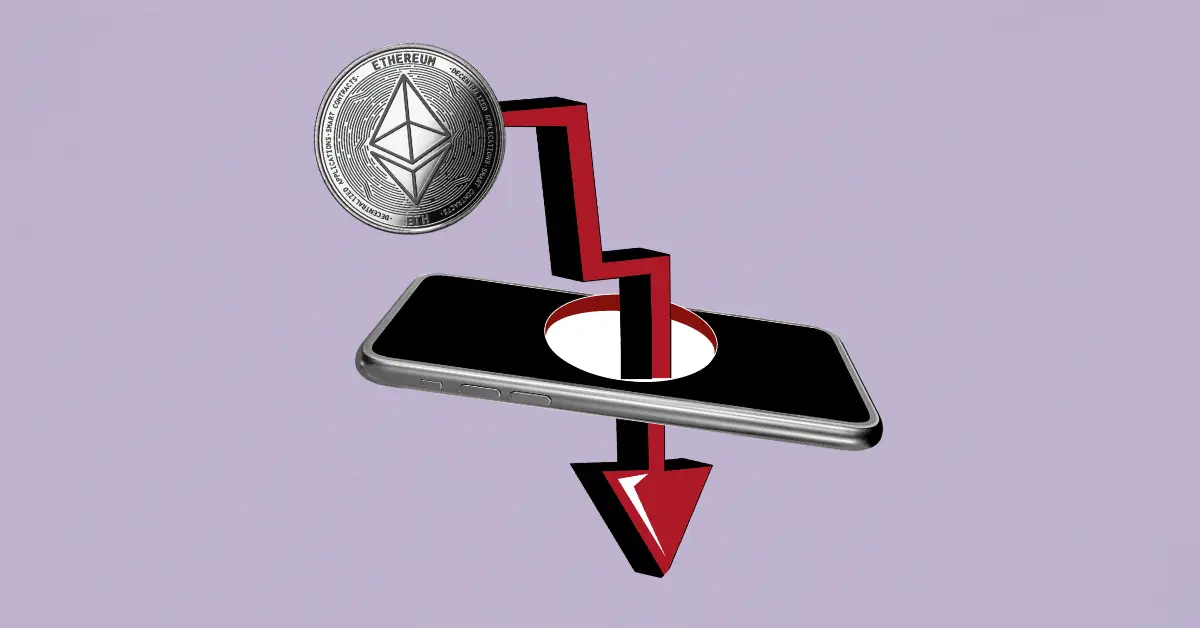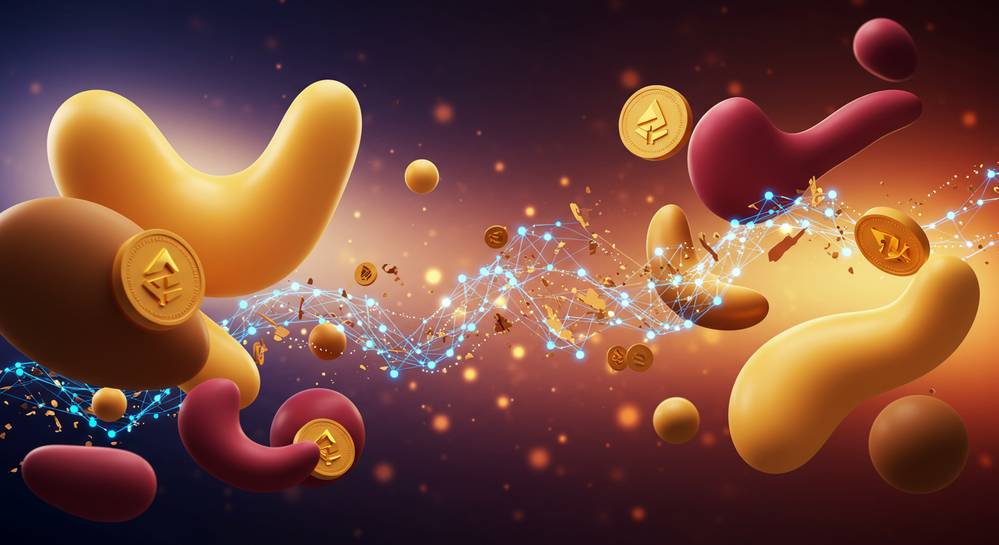Dive into the pulse of digital currencies with Technical Analysis of Cryptocurrencies 2024. I’m here to guide you through the maze of price swings and trends. Imagine mastering chart patterns, unlocking the art of trading like a pro. Let’s cut through the noise and make sense of candlesticks and Fibonacci tools. Your trading strategies will never be the same. Get ready to level up your crypto game and chart a course for success in 2024’s dynamic markets.
Deciphering Chart Patterns: A 2024 Crypto Technical Guide
Understanding the Latest Candlestick Patterns in Crypto
Candlestick patterns are like secret codes laid out in price charts. They help us tell if buyers or sellers are winning the game. Think of them as cartoon bubbles showing what traders think. Each has a body that shows the open and close prices. The lines sticking out are ‘wicks’. They show the highest and lowest prices hit.
A pattern with a long body and small wicks says buyers feel strong. They keep pushing the price up from open to close. When wicks are long but the body is small, traders can’t pick a side. It’s like a game of tug-of-war with no clear winner. We need to watch for more clues.
Now, imagine a pattern named ‘hammer’. It’s got a long lower wick and looks like, well, a hammer. This pops up when a drop may turn into a rise. Traders see this hammer and think, “It’s time to buy before prices go up!”
The Art of Fibonacci Retracement in Crypto Markets
Fibonacci retracement sounds fancy but think of it as a rubber band. When you stretch a band and let go, it bounces back a bit. Prices in crypto markets act the same. They rise or fall big time, then retrace or bounce back a little before going on.
This tool draws lines at points linked to numbers, like 23.6%, 38.2%, and so on. These are slices of the big move. They predict where the price might pause or bounce. If the price falls to one line then stops, it’s like catching your breath on a staircase. It hints where traders might jump back in.
Imagine Bitcoin is climbing up in price. You watch and wait for chances to buy at a good price. Using this tool, you spot the 61.8% line. That’s known as the golden ratio. It’s a sweet spot where traders often see prices bounce back up. If Bitcoin dips there, it could be your chance to hop on the ride up.
By understanding candlestick patterns and Fibonacci retracement, you’re cracking the code of crypto charts. It’s like learning enough words to read a story. You start to see where the market has been and where it might be heading. And when you pair these with other signals like volume or RSI, your trading story gets clearer.
So, in 2024, keep these tricks in your pocket. Watch the candles draw their story. Lay down those Fibonacci lines. Bit by bit, you’ll make better guesses on where crypto horses like Bitcoin and Ethereum might dash next. And always remember: no signal is right all the time, so mix and match patterns and tools for the best play.

The Pulse of Cryptocurrencies: Sentiment and Volume Analysis
Trading Volume Crypto Analysis: Decoding Market Strength
When you see lots of trading for a coin, it tells you a lot. High volume often means strong interest in that coin. When the price goes up and volume is high, that’s a sign people believe in the coin’s rise. But a price drop and high volume can mean many don’t have faith in its value.
High trading volume can also lead to sharp price moves. Small volume makes for smaller, slower price changes. Start by watching the volume and price together. This can help you guess where the coin might go next.
Crypto Market Sentiment Analysis: Reading the Emotional Data
Market emotions can shape the price of coins, like Bitcoin or Ethereum. We use tools to measure this. They tell us if most people are happy or worried about a coin. One tool is the RSI indicator for digital currencies. It helps see if a coin is bought too much or not enough.
When many people buy a coin, the RSI rises and might show the coin is overbought. If folks aren’t buying, the RSI falls and the coin might be oversold. Knowing this, you can better plan your trade: buy when the coin is oversold, sell when it’s overbought.
Remember, the market mood can change fast. Always keep an eye on these signs. They can help you understand the depth of a market move. High emotion can mean a big price shift is coming. So, tune into market sentiment. This knowledge can be your power in crypto trading!

Indicators and Strategies for 2024’s Crypto Traders
Bollinger Bands and MACD: A Strategic Symphony for Cryptos
Bollinger Bands help us see if an asset’s price is high or low. They are like elastic bands around price charts. The bands widen when prices zigzag a lot. They squeeze when price moves are smaller. This squeeze can signal a breakout, where prices might make a big move up or down.
The MACD, or Moving Average Convergence Divergence, tells us about price momentum. It shows if an asset’s momentum is going up or down. It uses two moving averages: a fast one and a slow one. When the fast line crosses above the slow line, it often means prices could go up. A cross below can hint prices might drop.
Traders watch these two like hawks eyeing prey. They use Bollinger Bands to find high and low prices. They check the MACD to catch shifts in momentum. Together, they can spot when to buy or sell.
Crypto Portfolio Diversification: Balancing Risk and Reward
Diversification means not putting all your eggs in one basket. Split your investment across different coins. This can lower your risk if one coin’s price falls.
Think of it like a team. Each player has unique skills. In crypto, each coin has different features and uses. Some are good for payments, like Bitcoin. Others support smart contracts, like Ethereum. A diversified portfolio has both, plus other coins too.
When one coin drops, your other coins might hold steady or rise. This balances things out. Remember, not all coins move the same way at the same time. Market cycles can shift. Last year’s star can become this year’s flop.
Work out a mix that fits your goals. Risk takers might lean more on new, smaller coins. Careful traders might stick with bigger, established coins. Check the market often. Trends and cycles can change fast.
Spread bets over time, too. This is called dollar-cost averaging. Buy a little at a time, not all in one go. This method can smooth out price swings.
And here’s a fun fact: sometimes smaller coins, called altcoins, can surge when big ones like Bitcoin slow down. This is known as ‘altcoin season.’ Keep an eye out for signs of this. It’s like crypto spring, where many coins can bloom.
Trading relies on both skill and luck. Use tools, like Bollinger Bands and MACD, to boost your skills. Diversify to spread your risk. Then, even if markets dip, you can stay on course for your crypto journey in 2024.

Projections and Predictions: Unveiling 2024 Market Insights
Bitcoin and Ethereum: Charting the Titans of Crypto
Let’s dig into the giants, Bitcoin and Ethereum. By 2024, how will they move? This question gets every crypto investor excited. I use charts to hint at the future. Past price moves can offer clues. Think of patterns like a game’s rules. They guide what might come next.
For Bitcoin price prediction 2024, I look at moving averages. These lines smooth out price data. They help me spot trends. Are prices on the up or down? Moving averages talk in clear terms. Let’s take the 200-day line. If Bitcoin stays above, that’s often a “bullish” signal. It means prices might keep climbing. But if it dips below, watch out—we could be in for a drop.
Ethereum trend forecasting takes a similar path. But Ethereum moves with its news, like tech upgrades. These can be big market movers. They can push prices quick and far.
Now, let’s cover candlestick patterns in crypto. These are charts that show opening and closing prices, plus highs and lows. They look like little candles. Green ones mean prices went up that day. Red ones mean they fell. These “candles” can form patterns. Patterns can suggest what prices will do next. Some patterns bring good news for bulls, others make bears cheer.
Both Bitcoin and Ethereum can tell us about the wider crypto market. If they rise or fall sharply, expect smaller coins to follow.
Altcoin Technical Analysis and Season Predictions
Next up—altcoins. These guys make trading exciting. They can shoot up fast or drop just as quick. With altcoin technical analysis, I eye a few key signs. RSI, or Relative Strength Index, is like a heartbeat monitor for the market. It reads if a coin is “oversold” or “overbought.” Too high, and a drop might be near. Too low, and a rise could come.
Fibonacci retracement in crypto is another tool. It helps find support and resistance levels. These are price points where a coin might bounce back or hit a ceiling.
And of course, there are Bollinger bands. Imagine a road with side rails—Bollinger bands are like that for prices. They keep track of how wild price swings are. When bands tighten, it can signal a big move ahead.
For altcoin season predictions, I look at charts, sure. But I also think about the market mood. Are people buzzing about a new coin or tech? This buzz can drive prices—it’s like fuel for rockets.
In 2024, keep your eyes on these signs. They’ll help you spot the best paths ahead. And remember, charts don’t promise the future. They’re just one more tool in your belt, a compass for your crypto journey.
In this guide, we’ve looked at how to read chart patterns and use tools like candlestick formations and Fibonacci levels to understand crypto movements. We’ve also dived into volume and sentiment analysis, vital for gauging market strength and trader emotions.
To trade crypto well in 2024, combining indicators like Bollinger Bands with MACD helps. Don’t forget the power of a diverse portfolio to manage risk. Finally, we made educated guesses on the giants—Bitcoin and Ethereum—and eyed potential altcoin winners.
Crypto trading isn’t just numbers; it’s about smart strategies and keeping a cool head. Stick to the plans we discussed, and you’ll be on your way to making better, informed trades. Remember, the markets keep changing and so should your tactics. Stay sharp and adapt. Let’s go get those gains!
Q&A :
What is technical analysis in the context of cryptocurrencies for 2024?
Technical analysis in cryptocurrencies involves studying statistical trends derived from trading activity, such as price movement and volume, to predict future trends. In 2024, technical analysis might include the use of enhanced tools and algorithms, given the technological advancements and increased historical data, to gauge the direction of the crypto market more accurately.
How can you utilize technical analysis for predicting 2024 cryptocurrency trends?
To utilize technical analysis for predicting 2024 cryptocurrency trends, one needs to analyze charts and patterns, like support and resistance levels, trend lines, and indicators like moving averages, RSI, and MACD. Advanced techniques might involve machine learning models trained on vast datasets to pick up subtle market signals that could affect future prices.
What are the new trends in technical analysis for cryptocurrencies in 2024?
The new trends in technical analysis for cryptocurrencies in 2024 might involve integrating AI and machine learning for predictive modeling, the use of blockchain analytics to correlate on-chain events with trading patterns, and the adoption of sentiment analysis tools that scrutinize social media and news sources for market mood.
Can technical analysis of cryptocurrencies be fully trusted for making investment decisions in 2024?
While technical analysis can provide valuable insights, it shouldn’t be fully relied upon for making investment decisions, especially in the volatile cryptocurrency market of 2024. It should be combined with fundamental analysis, risk management strategies, and an assessment of the broader economic and regulatory landscape.
What are the common mistakes to avoid in technical analysis of cryptocurrencies for 2024?
Common mistakes to avoid in technical analysis of cryptocurrencies for 2024 include over-reliance on indicators without considering external factors, ignoring volume in favor of price trends alone, and the failure to adapt to the market’s increasing complexity. Additionally, not updating techniques to match the evolving cryptosphere and disregarding the impact of new altcoins and technologies could impair analysis accuracy.



